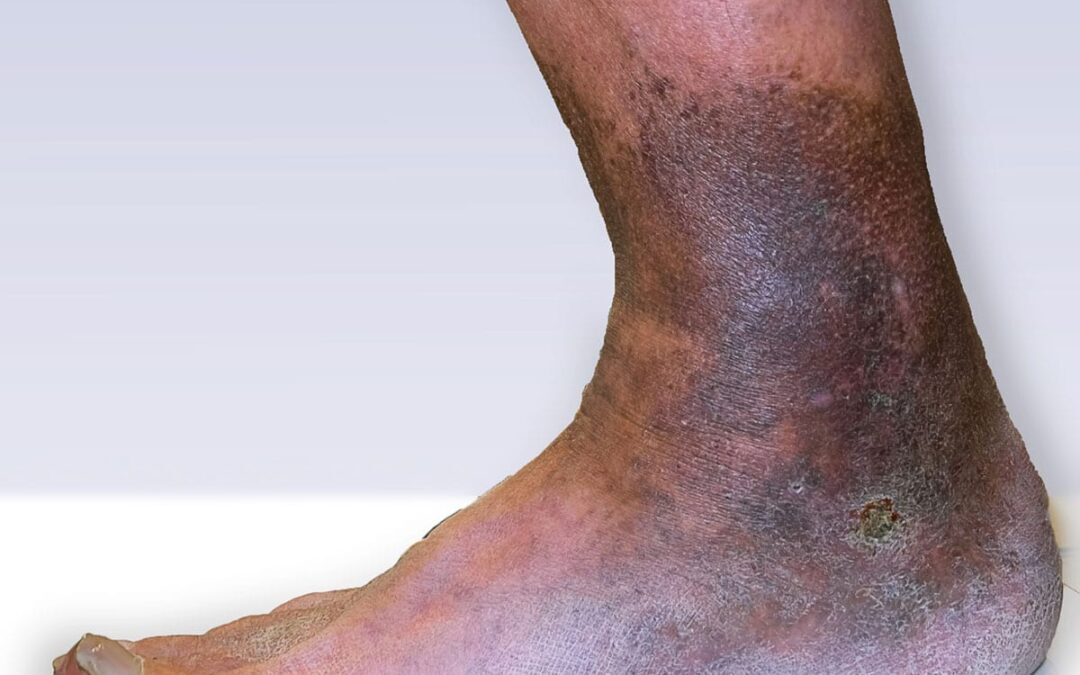Chronic venous disease can significantly impact one’s quality of life, causing symptoms such as varicose veins, leg ulcers, and discomfort. Fortunately, there are various effective strategies and treatment options available to alleviate these symptoms and improve venous health. In this blog post, we will explore some of the most effective approaches for managing chronic venous disease.
1. Embracing Lifestyle Changes:
By making certain lifestyle changes, you can effectively manage chronic venous disease symptoms and promote better venous health. Consider the following strategies:
Regular Exercise:
Engaging in regular low-impact exercises, such as walking or swimming, can improve circulation, strengthen leg muscles, and reduce symptoms like leg pain and swelling. Aim for at least 30 minutes of exercise most days of the week.
Weight Management:
Maintaining a healthy weight is essential for managing chronic venous disease. Excess weight can put added pressure on the veins, leading to poor circulation. Adopting a balanced diet and incorporating regular exercise into your routine can help achieve and maintain a healthy weight.
Avoiding Prolonged Sitting or Standing:
Extended periods of sitting or standing can worsen symptoms of chronic venous disease. Take breaks to stretch your legs and move around if your job requires prolonged sitting or standing. When sitting, elevate your legs whenever possible to promote blood flow.
2. Compression Therapy:
Compression therapy is a non-invasive treatment option that can effectively alleviate symptoms of chronic venous disease. It involves wearing specially designed compression stockings or wraps that apply gentle pressure to the legs, aiding in improved blood flow. Consider the following:
Types of Compression Garments:
Compression stockings are available in various lengths and strengths. Your healthcare provider can guide you in selecting the most suitable compression garment based on your specific condition and symptoms.
Benefits of Compression Therapy:
Compression therapy helps reduce swelling, relieve pain and discomfort, and prevent the progression of chronic venous disease. Improving circulation, it promotes the healing of venous ulcers and overall venous health.
3. Dietary Considerations:
Certain dietary choices can positively impact venous health and alleviate symptoms of chronic venous disease. Incorporate the following considerations into your diet:
Flavonoid-rich Foods:
Foods rich in flavonoids, such as citrus fruits, berries, and dark chocolate, can strengthen blood vessels and improve circulation. Including these foods in your diet can provide support for venous health.
Sodium Intake:
Reducing sodium intake can help manage fluid retention and alleviate swelling associated with chronic venous disease. Avoid processed and high-sodium foods, and opt for fresh, whole foods instead.
4. Minimally Invasive Procedures and Surgical Interventions:
For more severe cases of chronic venous disease, minimally invasive procedures or surgical interventions may be recommended. These options aim to treat underlying issues and alleviate symptoms effectively. Consider the following treatment options:
Sclerotherapy:
Sclerotherapy involves injecting a solution directly into affected veins, causing them to close off and redirect blood flow to healthier veins. It is often used to treat varicose and spider veins.
Endo Venous Laser Treatment (EVLT):
EVLT uses laser energy to heat and seal problematic veins, leading to their closure. This procedure is effective in treating venous reflux and varicose veins.
Surgical Interventions:
In advanced cases, surgical interventions such as vein stripping or ligation may be considered. These procedures involve surgically removing or tying off problematic veins.
Alleviating symptoms of chronic venous disease requires a comprehensive approach that combines lifestyle changes, compression therapy, dietary considerations, and, in some cases, medical treatments also.

